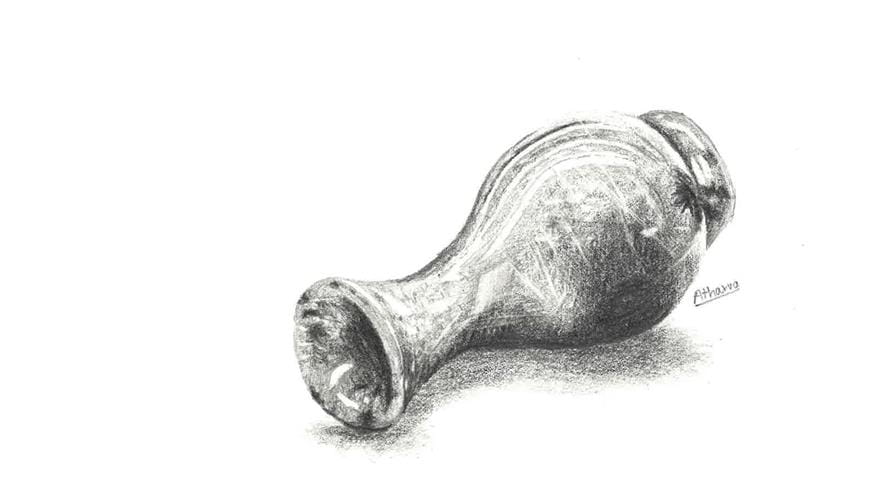Art and Medicine Hold Hands in the Morani Collection
 By Lynn Clouser
By Lynn Clouser

This month, The Drexel Collection opened a new display demonstrating the connection between art and medicine. The exhibit presents pieces donated by Alma Dea Morani, MD (1907–2001), including her own sculptures and pieces by her father, as well as artifacts from her travels abroad.
Many studies have demonstrated the benefit of using the visual analysis of art as a training tool for diagnostics, as well as allowing medical students to practice the skills of visual observation and communication outside the pressures of health care. Morani was ahead of her time, espousing the belief that students who have “active participation with the world of art become stronger, more humane physicians.”
Morani took her love and talent for sculpture and applied it to the medical field. She became one of the first female plastic surgeons in Philadelphia and the first woman to become a member of the American Society of Plastic and Reconstructive Surgeons. Morani graduated from the Woman’s Medical College of Pennsylvania in 1935 and started as a general surgeon before pursuing her career in plastic surgery as an outlet for her more creative and artistic side. Morani worked mainly on hands because she saw it as “sort of an artistic endeavor,” and she established Philadelphia’s first hand surgery clinic in 1948. Many of the artifacts on display are of hands representing Morani’s fascination with the fingered form.
Morani also made multiple trips to the Philippines and abroad to treat injured or deformed children, collecting artwork while she was travelling. These artifacts are medical tools and religious items, sometimes both. Morani believed that religious items and iconography are valuable in aiding and comforting people.
She was a huge advocate for women in the medical field who broke into the male-dominated areas of surgery and plastic surgery and opened doors for future women surgeons. From 1972 to 1974, Morani was president of the Medical Women’s International Association and instrumental in bringing family planning to women physicians across the globe.
In 1972, she began lecturing on the connection between art and medicine and in 1985 she donated a large collection to the Woman’s Medical College of Pennsylvania. Today, the artwork is part of The Drexel Collection, Drexel’s flagship art collection founded in 1891, with a large portion of the collection now on display.
This impressive collection can be seen on the second floor of the Hahnemann Library in the New College Building, at 245 N. 15th St., on permanent display.
For more information, contact Lynn Clouser, assistant director of The Drexel Collection, at 215.895.2414 or lcc48@drexel.edu.
In This Article
Drexel News is produced by
University Marketing and Communications.
